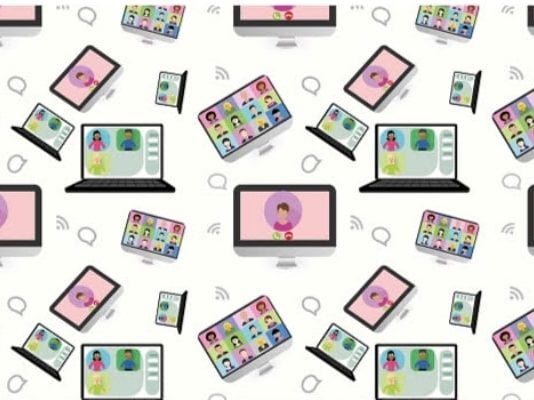Contents
New Classroom Technology Tips to Help Students Upload Video
New classroom technology integration is a great way to make learning relevant. Here are start-up and equipment tips worked out by essaywritercheap.org for teaching with technology through video podcasting.
Teaching with technology by uploading video podcasts is capturing the interest of students around the world. Why shouldn’t new classroom technology integration take advantage of this momentum to get kids excited about daily learning?
New Classroom Technology Needed to Upload Video Podcasts
Full-featured video cameras that use digital videotape or burn right to DVDs are not very web-friendly. The quality of the video is just too high to upload to the internet.
Digital cameras and cell phones, on the other hand, have video features that make web video easier to create. These cameras produce video content that is lower quality and requires less digital memory to store.
One of the easiest ways to create a video for the web is with a Flip camera. This is a small digital video camera costing about $120. The simple device has one button on the back. Pushing the button starts video recording. Pushing the button again stops the video recording.
Flip cameras are equipped with built-in USB connectors. Once the video is taken, a student just plugs the Flip camera into a USB port, and the camera downloads video editing software onto the computer along with the video clips. After that, it’s incredibly easy for a student to edit the video, add transitions and titles, and upload it to a video site such as YouTube or Teacher Tube.
Uploading Video Clips With New Classroom Technology
A free account at Teacher Tube will allow students to upload and store their education-related video clips online. Signing up takes only a matter of minutes.
Sites like YouTube and Teacher Tube offer the advantage of built-in video players. When students embed their video clips into wikis, websites, or blogs, these players allow the videos to be seen right on the screen in a viewing window. Without a built-in video player, students could link to their videos, but visitors to the site would be shuffled off to a program such as Windows Media Player to see the clips.
Videos on Teacher Tube are primarily made by students and teachers for education. Students can find any number of clips made by other kids on practically any subject covered in K-12 curricula. Still, teachers will want to preview videos to prevent children from stumbling across the rare, inappropriate content. Flagging a video on Teacher Tube results in its immediate removal until it can be reviewed.
Should Students Tag Videos While Podcasting With Classroom Technology?
Adding tags to videos posted to sites like Teacher Tube enables the videos to be located through Google searches. There are definite pros and cons to this.
On the plus side, using keywords to tag a video on Teacher Tube allows other students to access the video and learn from it. When others view a student’s clips and leave friendly feedback, the project takes on real meaning.
On the downside, publishing work on the web, especially pictures or videos invites some sense of vulnerability. Anyone can watch the videos and anyone can leave comments. Many teachers will understandably rather not open themselves up in this way. If video clips are shot primarily to be embedded into wikis, websites, or student blogs, students may prefer to skip tags and meta information altogether.
Teachers can check out related articles covering creative ideas for video podcasting in the classroom curriculum, tips for making polished video clips, and more ideas for classroom technology integration such as wikis, student blogs, or audio podcasts.


